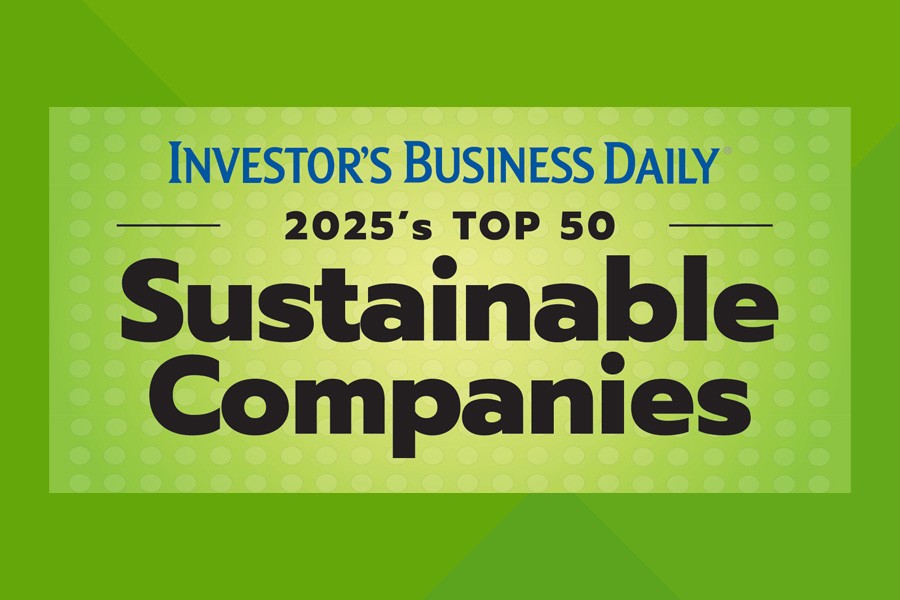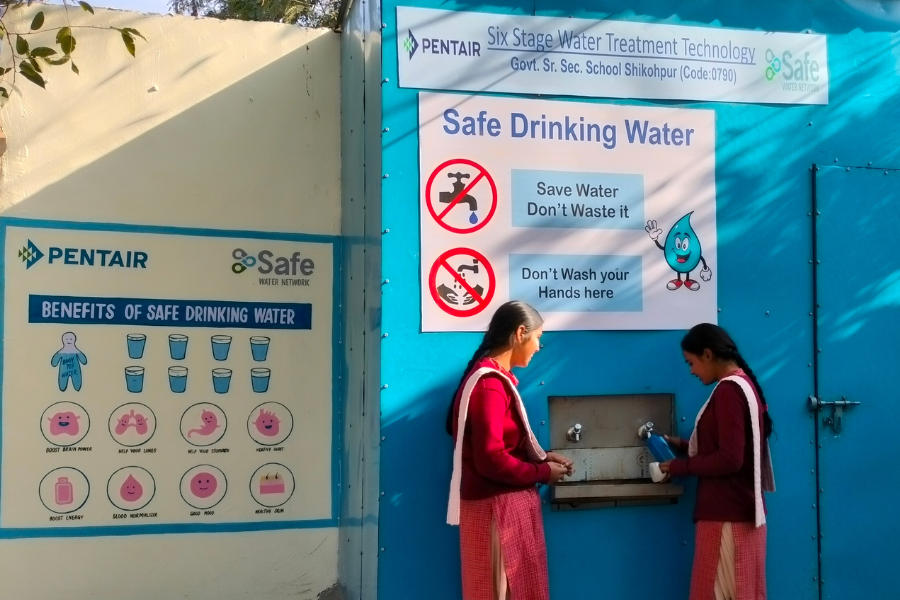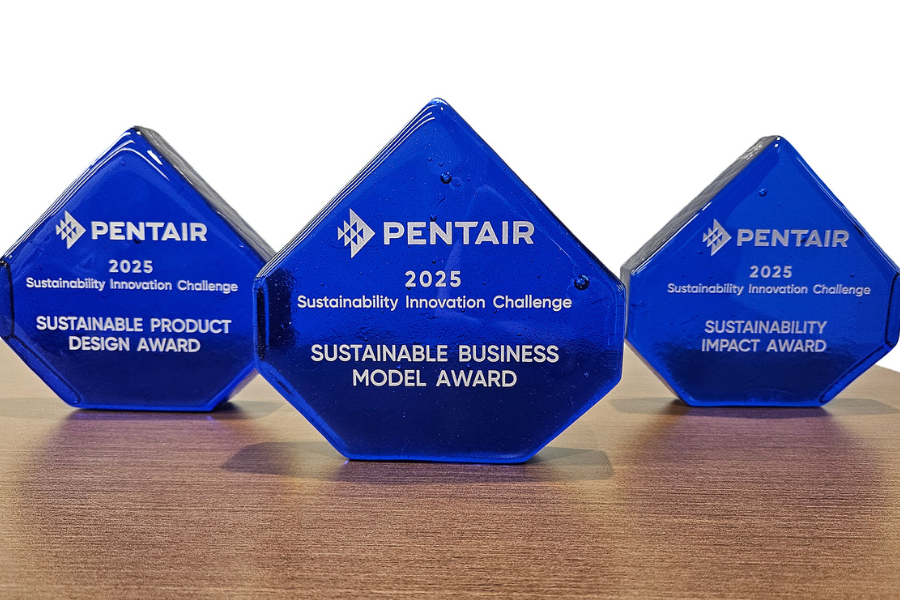Using Technology to Achieve Water Circularity
Excerpts from Phil Rolchigo’s interview with Sarah Golden, Senior Energy Analyst, GreenBiz Group
I would love to hear a little bit about the intersection of technology and the circular economy. How does technology play a role and why is it key to be able to reach the goals of the circular economy?
When I think about water and the circularity of water, it’s circular by nature. The hydrologic cycle of water, where water is removed from the ground or from the surface, evaporates into the air, and then condenses into rain, is a natural circular pattern. But today, with growing economies and the demand from growing populations, we put a lot of stress on that system, and so when I think about technology, I think about using technology to help Mother Nature equalize supply and demand in a way that we have the right quantity and quality of water in the right places for use.
What initiatives are really exciting you that Pentair is doing right now?
Our brand promise is to develop smart, sustainable water solutions for life. The reason I really like the “for life” part, is that water touches virtually all parts of our life. We cannot live without water. It’s a resource that is absolutely essential to everything we do. At Pentair, our residential water treatment solutions help improve the aesthetics, quality, taste and safety of your water throughout your entire house. For commercial operations we have technology that makes fit-for-purpose water—developing water with the right composition to make great-tasting coffee, great pizza dough, or great bagels. And we also have industrial applications, where we’re treating water and reusing waste water to improve the water footprint in industrial settings.
In the industrial setting, our wastewater reuse systems not only recover water, but also recover energy by converting what you would consider contaminants in the water, such as organics, and using that as a feed input to actually generate energy. You can see how that’s circular, because we’re taking something that would have been considered waste water, and then recycling and reusing it on site.
What should others be thinking about if they want to be ensuring they are considering water circularity in their plans?
You have to think systematically about water. Whether you’re starting a home remodeling project, a new commercial building or a new industrial facility, think about water from the beginning of the design process and involve companies such as Pentair that can help you minimize and manage your water footprint in a really effective way. That’s something that will have a big impact going forward.
Previous Posts
-

Investor’s Business Daily Honors Pentair as a Sustainability Leader
11.19.2025
At Pentair, we are committed to aligning our sustainability strategy with our business strategy to deliver positive impacts for our customers, people, and the planet and to drive value for our shareholders. I’m delighted to announce that Pentair’s dedication to sustainability has earned a coveted spot on Investor’s Business Daily’s 50 Most Sustainable Companies for 2025, proof that our actions are making a real impact! -

Driving Change: Pentair Foundation Grantees Help Sustainably Improve Water
11.17.2025
Earlier this year, we announced the 2025 recipients of the Pentair Foundation’s Water Grants program. Today, I’m spotlighting the amazing work by our grantee partners that focus on efforts that seek to improve water quality and reduce single use plastic water bottles with support from the Pentair Foundation. -

Celebrating Innovation at Pentair’s 2025 Sustainability Innovation Challenge
11.05.2025
Pentair showcased its continued focus on sustainable innovation at the second annual Sustainability Innovation Challenge. This internal Challenge aligns with Pentair’s business strategy and sustainability strategic targets.








